Xue Kang: A Photographer's "Photography +"
Art Exchange VOL.Art Exchange|Pu Bo Photo by Xue Kang
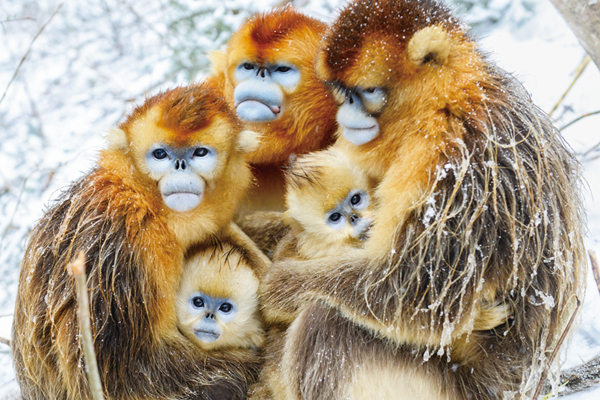
Great warmth
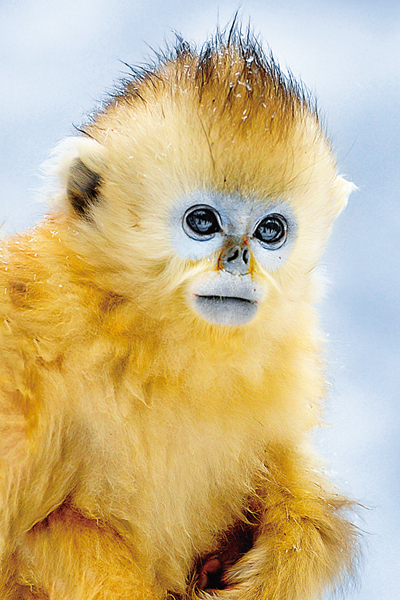
Sichuan Golden Monkey
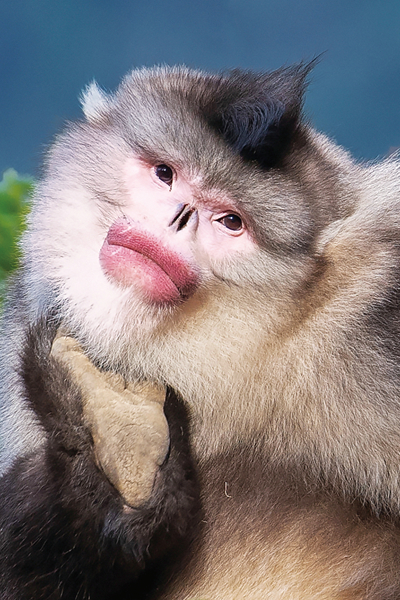
Yunnan snub-nosed monkey
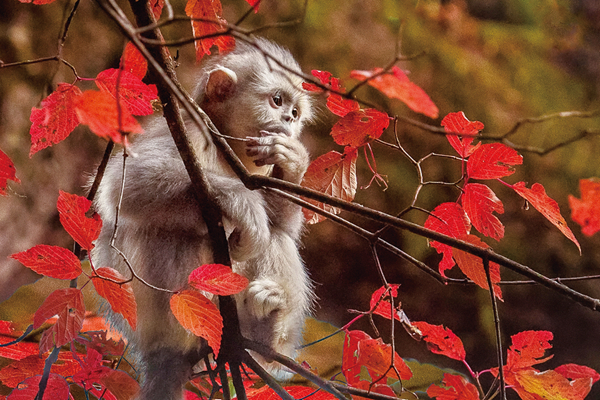
Thinker
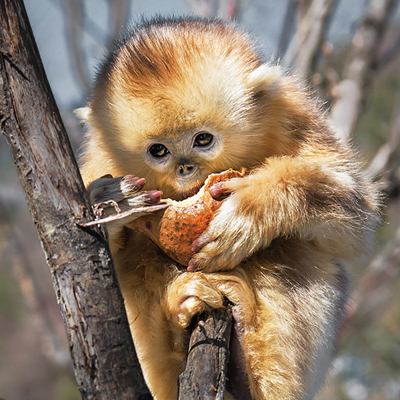
The language of food
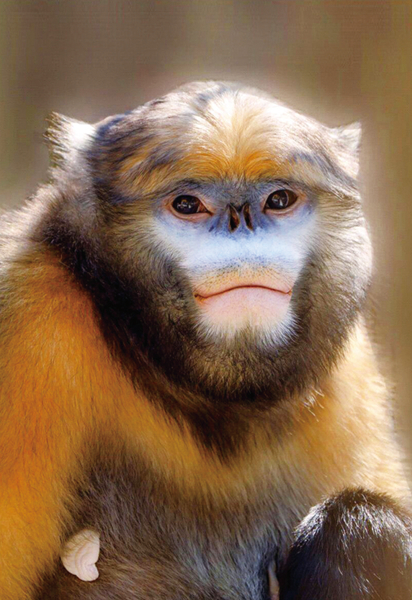
Golden Money of Guizhou
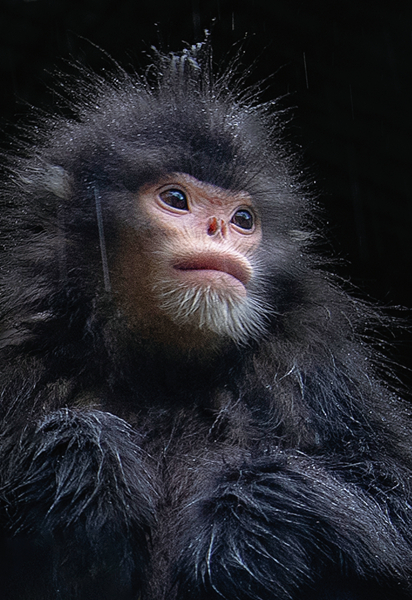
Golden Monkey of Nujiang River
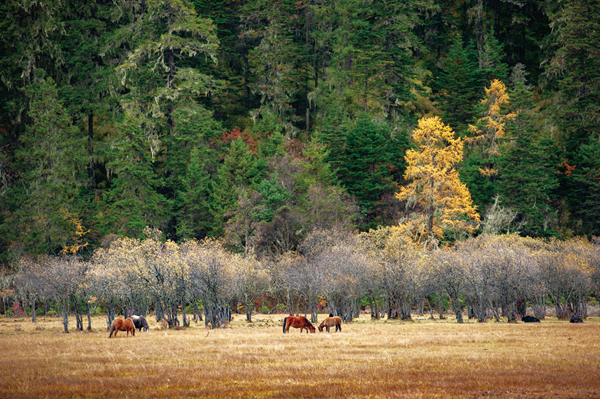
Shangyi-la habitat
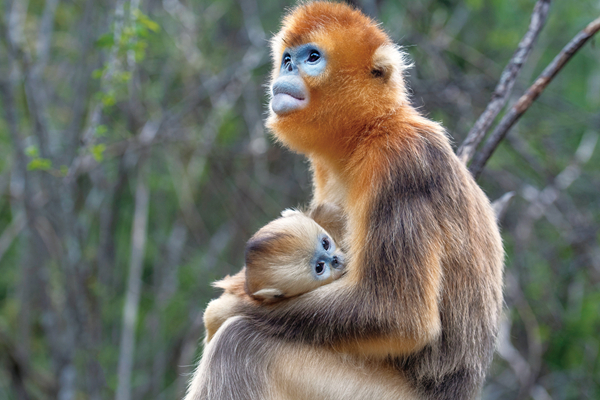
The love between mother and son
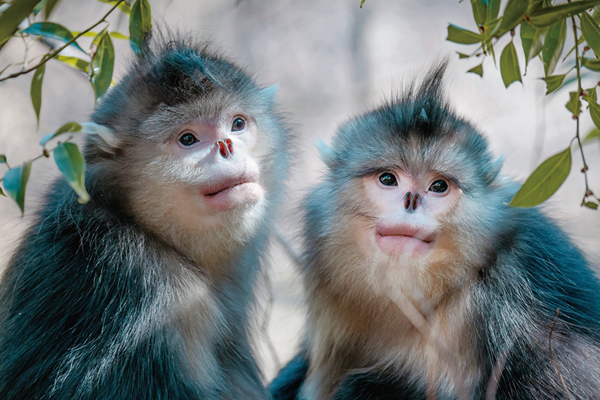
The two brothers
This year marks the 150th anniversary of the scientific discovery of "Giant Panda" and "Golden Monkey". The photographer Xue Kang from Sichuan, tracking the rare animal golden monkey, and the "Giant Panda Photographer" Zhou Mengqi, jointly publish a "Double Treasure" photography album concerning the two rare animals. They also plan to hold related exhibitions, bringing images of golden monkeys and giant pandas overseas.
The 65-year-old Xue Kang has been traveling all over the country, trying to trace and take pictures of the golden monkey, calling for the protection of the animal with great passion. This kind of hobby is more "maverick". He said, after his retirement, he has set a goal for himself – taking pictures about the golden monkey. As a photographer, Xue Kang has participated in various exhibitions for many times, but he holds a "returning to conscience" mentality. He is not only devoted to taking original pictures of ecological and natural golden monkey, but also proactively writing research reports and related proposals. From the initial "photography of curiosity" to the "calling for protection", Xue has accomplished too much work on " Photography + of Golden Monkey".
Obstacles Are Unique Landscape in Memory
The golden monkeys are distributed in Shennongjia of Hubei, Mount Fanjing of Guizhou, Shangri-La of Yunnan, Jiuzhaigou and Pingwu of Sichuan etc. Xue Kang, has visited all the places that the golden monkeys have lived.
Wildlife photography is a very difficult task, but in Xue's memory, what impressed him most is the poetic beauty: the beautiful shape of golden monkey in the snowy Shennongjia, the light clouds floating in the mountains and the vitality amid the green forest.… Xue said that the initial prediction of difficulty was not enough. "You may spend a whole day without seeing the golden monkey, or the cute animal jumps around the trees, there is no way to take at all. The golden monkey nature reserve is not open to the public as there are many restrictions." Despite the many difficulties encountered in the shooting, Xue and his fellow photographers have resolved them one after another.
They once used to sit on the large tires hang on the bus with chains after the blizzard, swaying side by side to the Shennongjia. The temperature on the mountain was around minus 10 degrees Celsius, and the fingers were frozen after exposing for a while. He could not recall how many times he has been to Shennongjia, but all the difficulties encountered have turned into "happy smiles".
Upon reading the report that "more than a hundred Sichuan golden monkey herbs have been found in the virgin forest at an altitude of more than 3,600 meters in Baoxing County," he was most excited to contact professors and photographers dedicated to the golden monkey to visit Baoxing. "We started to climb the mountain early in the morning. When our car drove to the mining point at 2,700 meters above sea level, there was no way for cars, and we could only walk up the mountain." Xue said. The road up the mountain was called "the road for yaks" by the locals. They climbed for 6 hours and reached an altitude of 3,600 meters. It was already dark. There was only one forest lodge where our group of 10 people could rest. In this 20-square-meter lodge, there was also a large bed in addition to the cooking facilities and the debris. In this way, everyone slept in his sleeping bag for a night. When they went down the mountain, they experienced different weather throughout the year, with light rain, and snow, wrestling all the way with mud all over the body down the mountain. This trip has allowed Xue to collect much material and acknowledge a lot of information.
One of the most thrilling experiences of Xue's golden monkey shooting happened in Yunnan when a tick got into his skin. A black thing suddenly appeared in his left chest then, and he took a taxi from his residence to the hospital for emergency in the middle of the night. The doctor told him that this is a tick, which has barbs. It was most difficult to get rid of them if the insect got deep into the skin. Some individuals with allergies may also have nerve palsy which endangers their life. The doctor tried to pick out the tick with the syringe needle. After nearly half an hour, the tick was finally picked out. When returning to the residence, it was already over 1AM in the morning. Xue Kang did not tell other companions. The next morning, he followed them and went up the mountain together.
"Difficulties may occur at any time, but you shoulen't be afraid of them." This is Xue's encouragement to himself. For any photographer who is engaged in outdoor animal photography, it may be insufficient to use the word "courage" to describe their personality, because any difficulty and danger are in their eyes a unique scene in memory.
"Photography +" Is Playing a Role in Getting the Public Closer to Golden Monkey
Xue Kang has committed his enthusiasm , warmth , cheerfulness and optimism to the camera, leaving beautiful images for each of the cute golden monkeys. In the work Hunger, four golden monkeys with brown heads and gray backs are clustered together. The group sits on a large rock, their eyes looking into the distance, full of expectation; the Green Home reflects the living habits of golden monkeys - they choose branches depending on the scale of family, as different families of golden monkeys sit on different branches of a large tree; In Mother and Child, a small golden monkey held by his mother is as peaceful as a baby; the thick cherryred lips of the only Yunnan snub-nosed monkey alone in the forest in the work of Beauty is particularly eye-catching; The Elf is a close-up shot of the golden snub-nosed monkey, the environment is blurred into a background image with colors of blue and white, reflecting the pretty hair of the cute animal perching on the dead branches, with watery eyes amid tranquility.
"The golden monkeys are so cute, so beautiful. Their instant posing is very exciting. The effect is very good once they are photographed." Xue is more and more fond of these hard-tofind monkeys in the process of photograph shooting; And he felt more responsibility after acknowledging the status quo of the reserve. As a philatelist, he also tried to explore a new art road combining photography and philately, resulting in completing a post collection of gold monkey. "The 'ecological dream' is an important part of the Chinese dream. I hope that my golden monkey image can be combined with other cultural forms to enhance the protection and publicity of the cute animal in a more novel way," Xue said.
Xue's first postal collection, "The Golden Monkey - The Elves of Ecological Homeland" will participate in the "China World Philatelic Exhibition" in mid-June. He said that stamps concerning the golden monkey are quite limited in number and there are not many maximum postcard either. In the face of such a small number of philatelic products, it is very difficult to group a 5-box open-class postal collection with a "postal product area of no less than 50%", and the open-class follows the rules of thematic category, requiring that "the philatelic products should be multi-national, diversified with a wide coverage of time", which is much harder. Therefore, in the process of marshalling the postal collection, he racked his brains and found a lot of solutions to collect relevant materials from all over the country.
In the postal collection, Xue and other two fellows looked up in the snow in the jungle - "The golden monkey looks really cute and we want to take pictures of them"; in front of the standing big camera, two golden monkeys squat on their shoulders, one on the head and kissed forehead of the photographer - "It's not easy, they often do a disservice."
Xue chose 23 stamps of the 19th century and 6 stamps from his world collection of various subjects. The timespan is, from 1764 to the present, more than 350 years. In addition to the commonly used seals, cards, small papers, and tickets, the postal collection also uses a total of about 44 varieties including Mulready Seals and booklet advertising cards. In addition, it also includes the original of the golden monkey in Beauty , embroidered by Yang Dequan, director of the Chengdu Embroidery Museum, the original of the golden monkey in Happiness Family cut by the paper-cut inheritor Bai Zhonghui, and photos of the golden monkey model specimen from the French Museum of Natural History. What is especially unique is that the postal collection also allows the viewers to hear the golden monkey "language (sounding)" in five situations recorded in the field via the form of a twodimensional code.
The text of this postal collection is much concise, making the materials "speaking" to arouse the public's awareness of environmental protection and responsibility to protect endangered species, and build a consensus on the construction of ecological civilization and the China dream. Xue also deliberately included his proposal to protect the Sichuan Golden Monkey and the original copy of the reply by relevant departments when he was a member of the Sichuan Provincial Political Consultative Conference at the 5th Plenary Session of its 11th Conference.
In addition to busy shooting, stamps collecting, researching, publishing of the "Double Treasure" Album and photography exhibitions, Xue Kang also actively advocated and participated in the compilation of "The Annals of Sichuan Golden Monkey". His original "photography hobby" came from his sympathy and love, while "Advocating Golden Monkey" has already become his "China Dream", flying vigorously into the sky.
Copyright © 2011 CFLAC Corporation, All Rights Reserved














